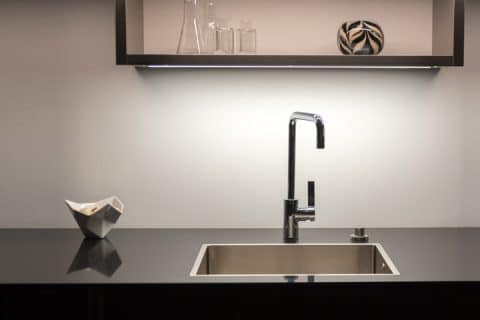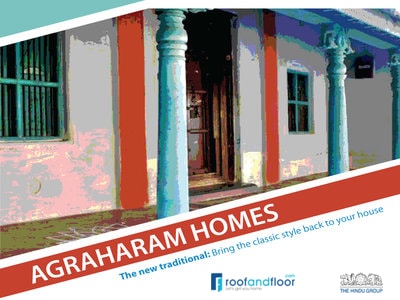For the sake of insulation and ventilation, structures should be built in tune with the prevailing climatic conditions. By Sathya Prakash Varanashi
As the summer heat is decreasing and pre-monsoon showers are cooling our land, we can hear the sigh of relief everywhere. We can now be assured of burying our worries about buildings getting heated up, until next summer. We do not appear to realise that sweating out inside a building during summer, though mainly due to the season, is also partly due to the way we design and construct. Of course, summer can never be as pleasant as spring, but the structures can be made more liveable by adopting few simple principles of design.
During the days of no electricity, our elders realised the two fundamentals for keeping the building cool – insulation and ventilation. Thick walls and roofs meant most of the heat being conducted dissipates within the material, resulting in the interiors being many degrees cooler compared to the outside. The same principle of insulation also applied during the cold winters, keeping the house warmer as well.
Desert architecture illustrates this phenomenon at best, where thick mud walls are common even today. To compliment it, the houses were provided with few small openings, minimising air movement and cross ventilation inside, considering the fact that the outside air too gets very hot there.
Contrast
In contrast, a house in Kerala would have thin clay tile roof, a material and roofing system not good for heat insulation at all, for insulation is not the challenge there. Instead, ample provisions are made to ensure air circulation – verandahs, perforated walls, many windows, internal courtyards, wall-top vents and such others. The heat which would get built up indoor would eventually get blown away by fresh cool air from outside. 
Thus, by a judicious combination of the two — insulation and ventilation — the indoors were made bearable as per the appropriate needs of different regions. Today, our construction practices are getting so standardised, Chennai and Chandigarh may end up with similar buildings, despite varied climatic conditions. No wonder, there will be complaints about comforts.
After all, the modern systems are influenced by frame construction, thin wall, painted surfaces, RCC roof and large windows is an averaged out approach to design and building. It may generally appear to fit into all places, but specifically suits no place.
The popularity of modern approach is based more on standardised functionality, dependence on electrical or mechanical gadgets, common PWD rules for public buildings across the country, ease of availability of non-local materials like steel, cement, tiles and such others. We cannot wish them away at this age when majority of local vernacular design methods have diluted, but can attempt working within these systems to suit the building better to local contexts.
Rediscovering and adapting the traditional wisdom has also been in vogue among many cities and architects. However the challenge appears to lie in working within the mainstream approach and make it address our climatic issues.
1. Vernacular design, 2. Internal courtyard Image Credit: www.thehindu.com
This article was originally published on www.thehindu.com dated May 15,2015





